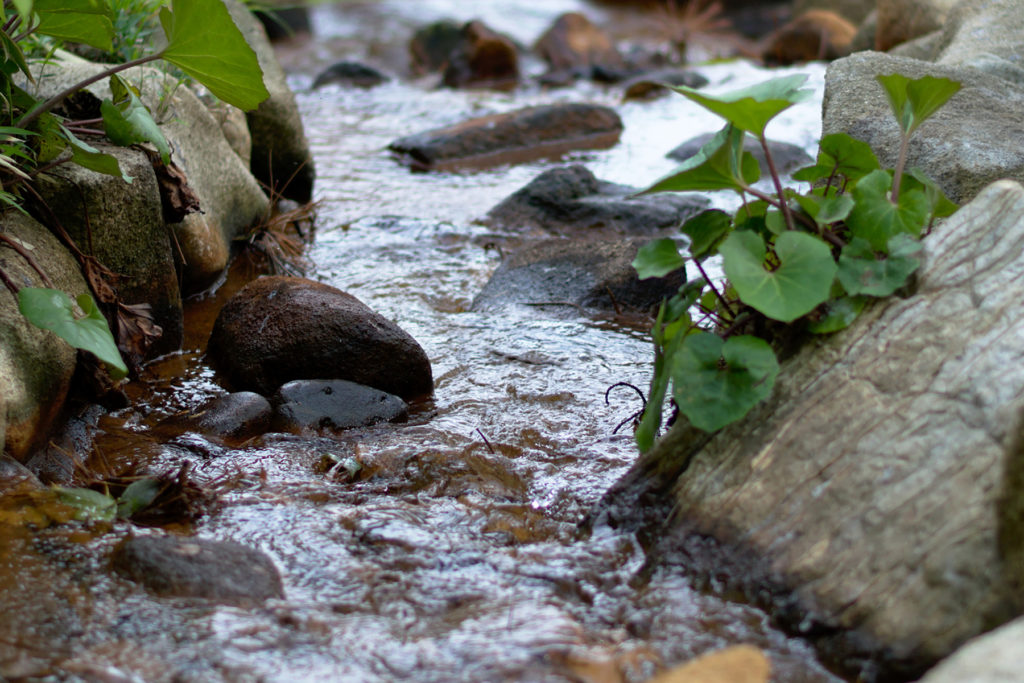Do You Know What the Cheapest BMP is?
The cheapest and often most effective BMP for SWPPP compliance is to use the natural vegetation that surrounds the area under construction. It will help you stay compliant and efficient with minimal effort! Here are some of the best ways to utilize natural vegetation as a BMP and help you comply with the permit along the way.
Minimizing Disturbance and Preserving Vegetation

During construction, minimize the area you disturb to the extent practicable. If it’s possible to avoid grading portions of the site and leave the natural vegetation, do so. It will help you in the long run.
In conjunction with the control to minimize disturbance is the control to preserve vegetated areas. The more pre-construction vegetation that can be preserved, the easier it is to maintain the original hydrology of the land.
Natural Buffer BMPs
The BMP regarding natural buffers deals with surface waters within 50 feet of the project’s earth disturbance. The requirements are:

- You must have a 50-foot natural buffer with a perimeter control.
- Or, a small buffer less than 50 feet with BMPs installed to achieve equivalent sediment removal.
- Or, if there is no buffer, then BMPs must be installed to achieve equivalent sediment removal.
Natural buffers are critical controls near water bodies and need to be factored into plans from the start. Anyone designing a SWPPP needs to be aware of the requirements of natural buffers to ensure the proper controls are in place at the beginning of the project. There are specific calculations that need to be followed when determining which BMPs to use near a water body and to assure they will be effective. Once the SWPPP is created, it is important that the contractor follow the specifications indicated in the SWPPP.

